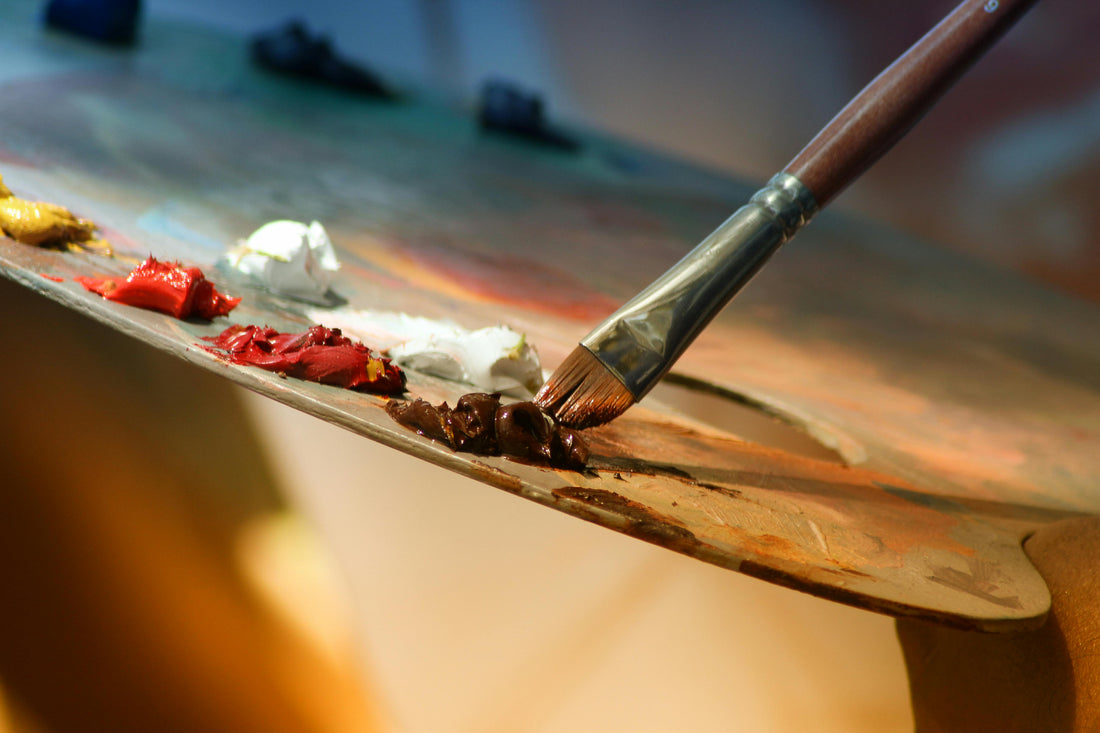
How to Start Investing in Art: A Beginner’s Guide
Share
Art investment offers a unique blend of aesthetic enjoyment and financial opportunity. Whether you're drawn by the potential returns or a passion for art, getting started can seem daunting. This guide will walk you through the essentials of how to start investing in art, providing insights and strategies to help you navigate this fascinating market.
Understanding the Art Market
Before diving into art investment, it's crucial to understand the market landscape. The art market is diverse, encompassing various segments such as fine art, contemporary art, antiques, and collectibles. Each segment has its own dynamics, and understanding these can help you make informed investment decisions.
- Fine Art: Includes paintings, sculptures, and other visual artworks by established artists. This segment often drives the highest prices and can offer substantial returns.
- Contemporary Art: Focuses on works by living artists or those from the late 20th century onwards. This segment is dynamic and can be more accessible for new investors.
- Antiques and Collectibles: Comprises historical artifacts, rare books, and vintage items. These can be valuable but require specialized knowledge.
- Decorative Arts: Items such as furniture, ceramics, and textiles that are both functional and collectible.
Steps to Start Investing in Art
1. Research and Education
The first step in art investment is thorough research. Understanding the art market, trends, and key players is essential. Here are some ways to educate yourself:
- Art Books and Journals: Read books and journals on art history, market trends, and investment strategies.
- Online Resources: Websites like Artsy, Artnet, and The Art Newspaper provide valuable insights into the market.
- Courses and Workshops: Attend courses or workshops on art appreciation and investment.
- Gallery Visits: Spend time visiting galleries, museums, and art fairs to see works firsthand and understand current trends.
2. Define Your Budget and Goals
Art investment requires a clear budget and defined goals. Determine how much you’re willing to invest and what you hope to achieve. Are you looking for long-term appreciation, or do you want to enjoy the aesthetic value of the pieces you buy? Your goals will shape your investment strategy.
3. Focus on a Niche
The art market is vast, and focusing on a niche can help you become an expert in a particular area. This could be a specific artist, period, style, or type of artwork. Specializing in a niche allows you to make more informed decisions and identify undervalued pieces.
4. Build a Network
Networking is crucial in the art world. Build relationships with gallery owners, artists, collectors, and other investors. Attend art fairs, auctions, and exhibitions to meet key players and learn from their experiences. Joining art investment groups or clubs can also provide valuable insights and support.
5. Start Small
As a beginner, it’s wise to start with smaller investments. Look for emerging artists whose works are more affordable but have the potential for appreciation. This allows you to gain experience without a significant financial risk.
Purchasing Your First Piece
Once you feel ready, it's time to purchase your first piece. Here’s how to go about it:
1. Authentication and Provenance
Ensure the artwork is authentic and has a clear provenance. Provenance refers to the history of ownership and can significantly impact the value of a piece. Purchase from reputable dealers, galleries, or auction houses that provide proper documentation.
2. Condition and Conservation
Examine the condition of the artwork. Any damage or restoration can affect its value. If you’re not confident in your assessment, consider hiring a professional conservator to evaluate the piece.
3. Pricing and Negotiation
Research the market value of similar works to ensure you're paying a fair price. Don’t be afraid to negotiate, especially in private sales or galleries. Understanding the artist’s market and recent sales can give you leverage in negotiations.
Managing Your Art Investment
After purchasing your artwork, managing your investment is crucial to preserving its value and ensuring future returns.
1. Proper Storage and Insurance
Artworks need to be stored properly to prevent damage. Climate-controlled environments are ideal for preserving delicate materials. Additionally, insuring your artwork against damage, theft, and loss is essential.
2. Documentation
Keep detailed records of your purchases, including receipts, provenance documents, and condition reports. Proper documentation not only helps in managing your collection but also in future sales.
3. Market Monitoring
Regularly monitor the art market and the performance of artists in your collection. Attend auctions, follow market reports, and stay informed about trends. This knowledge can help you decide when to sell or acquire new pieces.
Selling Your Art
At some point, you may decide to sell your artwork. Here’s how to approach it:
1. Choosing the Right Time
Timing is crucial in art investment. Selling during a peak market or when an artist gains popularity can maximize returns. Monitor market trends and consult with experts to determine the best time to sell.
2. Sales Channels
There are several channels to sell art, including auctions, galleries, and private sales. Each has its advantages and considerations:
- Auctions: Can reach a wide audience and achieve competitive prices, but also involve significant fees.
- Galleries: Offer curated sales and can command higher prices for well-established artists.
- Private Sales: Provide discretion and often lower transaction costs.
3. Marketing Your Artwork
Effectively marketing your artwork can attract potential buyers and achieve better prices. High-quality photographs, detailed descriptions, and highlighting the provenance can enhance the appeal of your piece.
Conclusion
Art investment is a journey that combines passion with strategy. By understanding the market, defining your goals, and making informed decisions, you can build a valuable and enjoyable collection. Remember to start small, focus on education, and leverage your network. With careful planning and management, art investment can offer both aesthetic pleasure and financial rewards. Happy investing!
